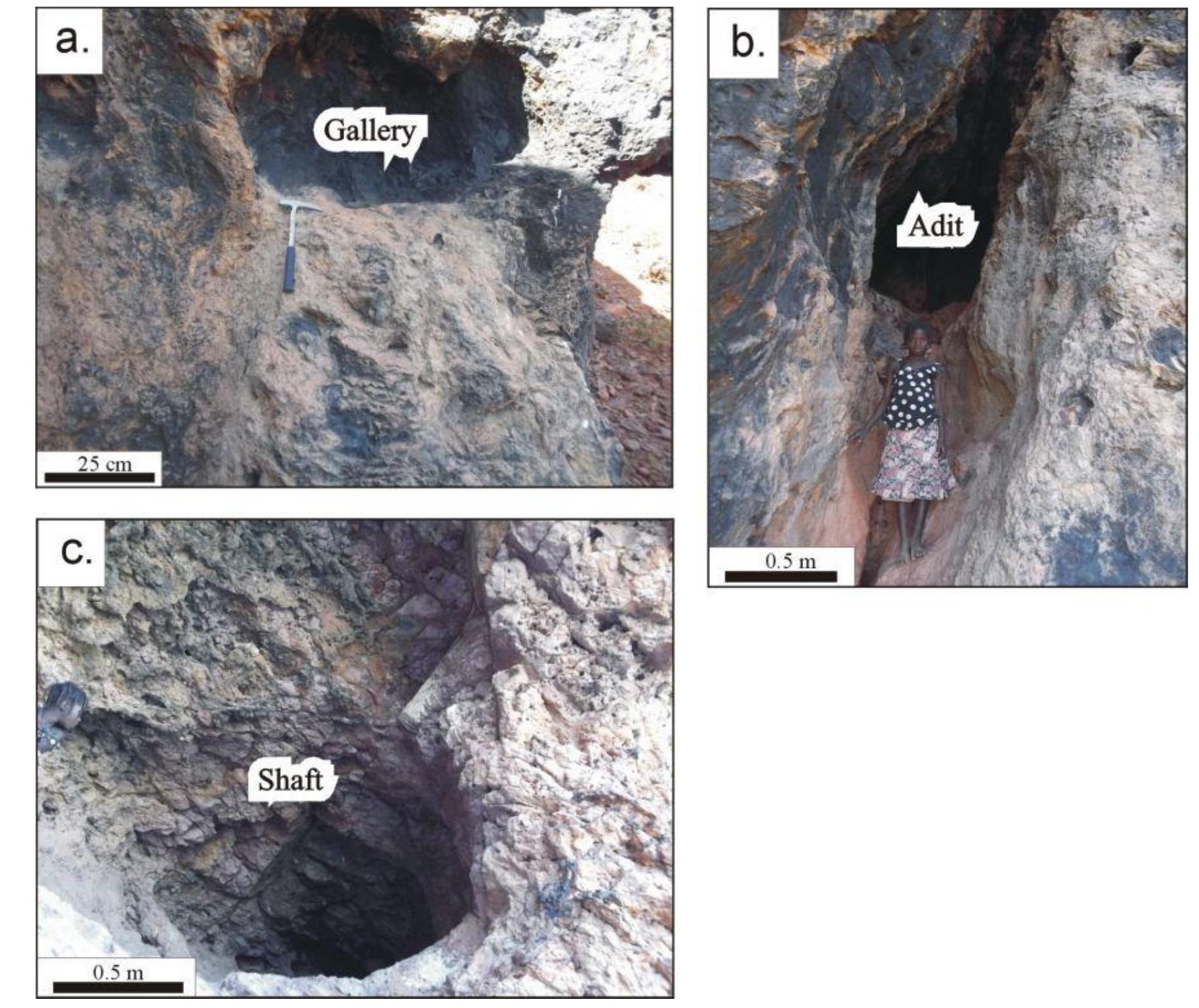Key research themes
1. How did socio-political dynamics influence the innovation and spread of iron smelting technologies in ancient Eurasia?
This research theme examines the interplay between socio-political structures, empire formation, and the technological advancements that led to the adoption and diffusion of iron smelting. Studies focus on archaeological evidence of furnaces, production sites, and the organizational frameworks that supported iron metallurgy during periods such as the Xiongnu Empire and early settled societies in Mongolia and Central Eurasia.
2. What archaeometallurgical methods reveal about regional iron production technologies and practices from prehistory to the early modern period?
This theme focuses on technological investigations using archaeometallurgical techniques such as microstructural analysis, chemical composition, slag characterization, and experimental reproduction to understand iron production methods and craftsmanship. Research spans regions including East Africa, South Asia, Southeastern Europe, and the Levant, aiming to reconstruct smelting and smithing processes and their evolution over time.
3. How have archaeological and historical analyses revised perceptions of the role and significance of iron in ancient societies, especially regarding its cultural and symbolic meanings?
This theme encompasses interdisciplinary investigations into the social and symbolic roles of iron, its historiographical reinterpretations, and its embeddedness within wider cultural practices. It includes re-evaluations of iron’s adoption timelines, mythological significance, and reinterpretations of technological narratives that challenge Eurocentric or technological determinism views.


























































































